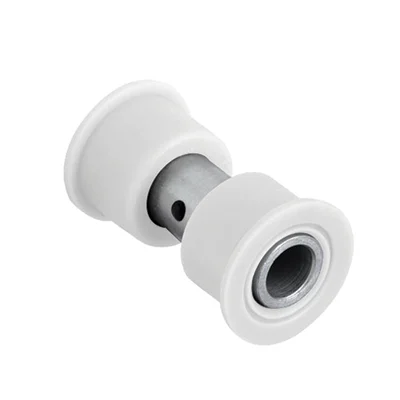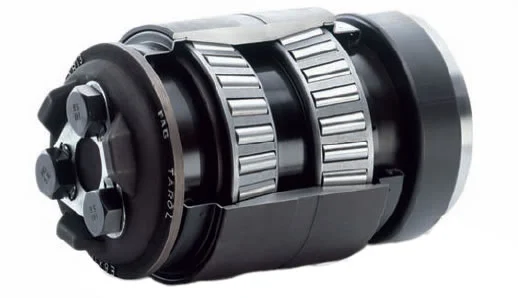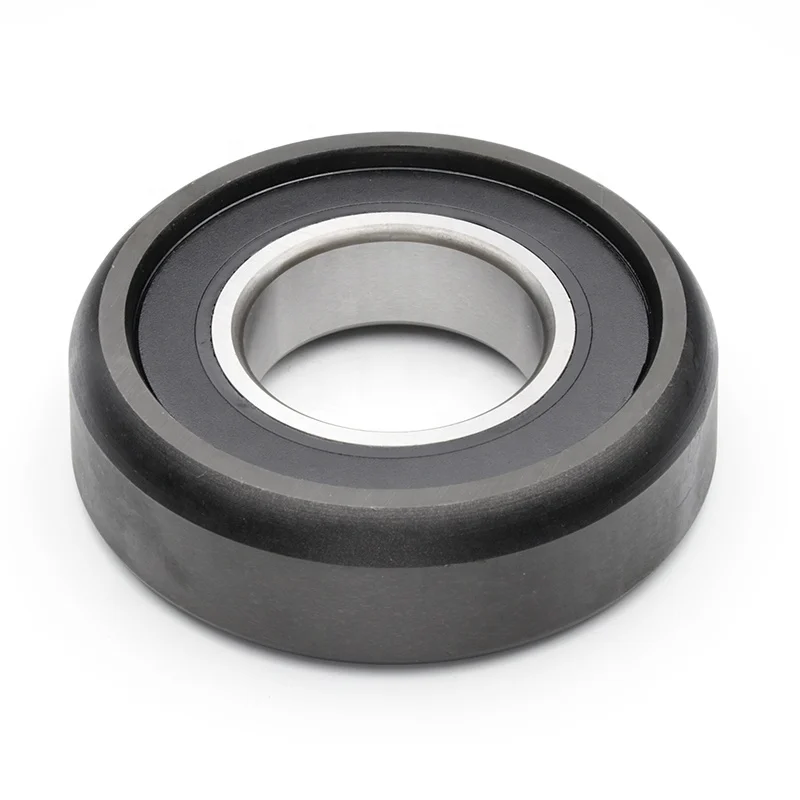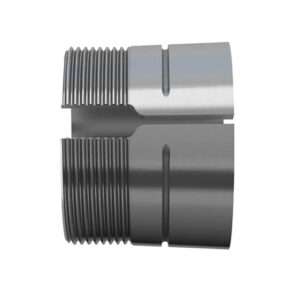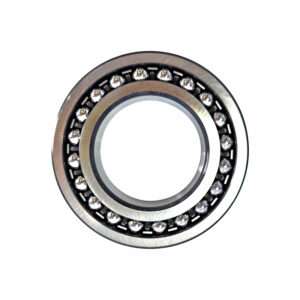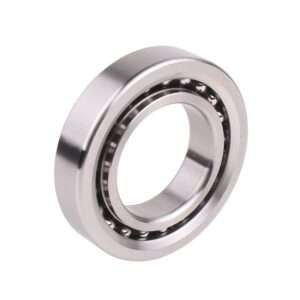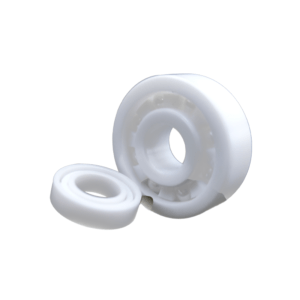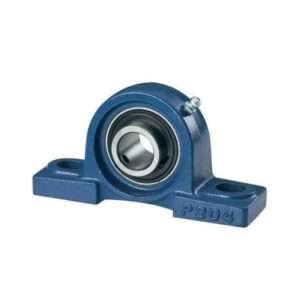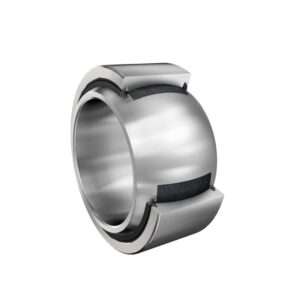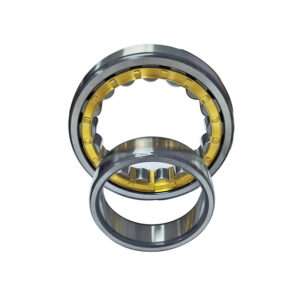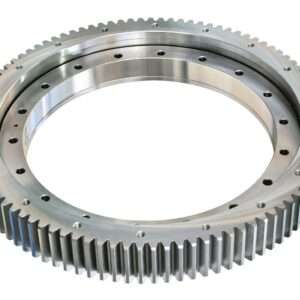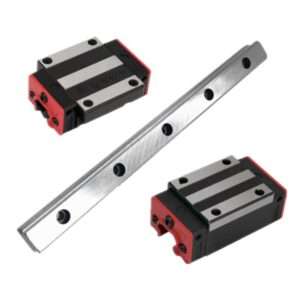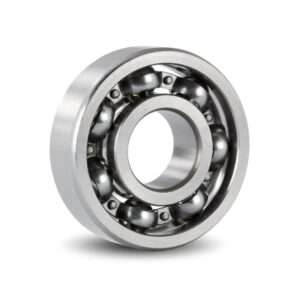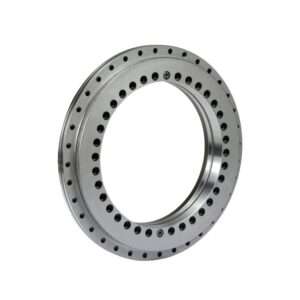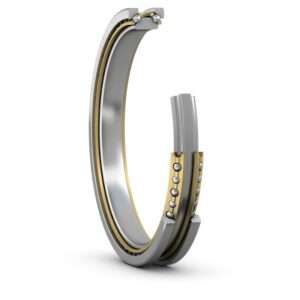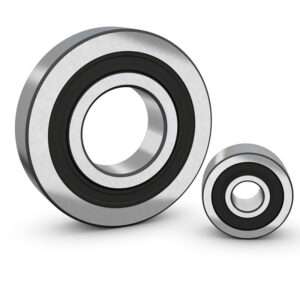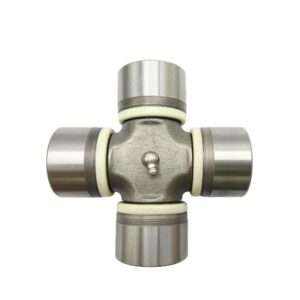To improve the performance of steel balls for bearings, the factors to consider are:
❖ Load Capacity: Steel balls for bearings need to be able to withstand mechanical loads. High load capacity ensures that the bearings can handle the weight and stress of everyday operations without deformation or failure.
❖ Ball Size and Precision: The size and precision of Steel Balls for Bearings are also important. Precisely sized steel balls can evenly distribute loads and minimize vibration, minimizing inconsistencies in size or shape.
❖ Surface Finish: The surface finish of Steel Balls for Bearings affects friction and wear rates, which in turn affects bearing performance. A smoother surface reduces friction, heat build-up, and wear, improving bearing operation and durability.
Steel balls for bearings do more than just facilitate motion. They distribute the stress of the load evenly throughout the bearing, preventing any single point from being overstressed and causing premature failure. Additionally, precision-made steel balls affect the overall balance and vibration of the machine, resulting in smoother operation, lower noise, and less vibration.
Another aspect is that steel, especially high-carbon chromium steel or stainless steel, has durability, strength, and resistance to stress deformation, ensuring that the steel balls can withstand the constant stress and friction they face without compromising their form or function. So, steel balls are more than simple components; they are the backbone of the bearing’s operation, allowing the machine to run more smoothly, efficiently, and reliably.
Steel balls for bearings possess several key characteristics that affect their performance in application.
—— Hardness: Steel balls are very hard and can withstand great pressure and impact without deformation. This hardness is necessary to maintain the integrity of the bearing under heavy loads and stresses generated during operation.
—— Corrosion Resistance: Steel balls are usually made of chrome steel alloy. Chromium has rust and corrosion resistance, which enables the bearing to maintain long-term functionality and reliability in wet or corrosive environments.
—— Wear Resistance: Steel balls have high wear resistance, which prevents the bearing from being easily worn out under constant friction and continuous use, and can still maintain the efficiency of the bearing supporting the machinery, reducing maintenance and replacement frequency.
It is precisely because of these characteristics that steel balls for bearings have become an important part of the bearing, which can still maintain its shape and support the smooth and efficient operation of the machine.
❖ Forging——Select high-quality steel, heat it, and then mold it into a roughly spherical shape. This process determines the basic shape of the steel ball and the material density.
❖ Heat treatment——After forging, the steel balls are heated to a high temperature and then cooled rapidly. This process improves the hardness and toughness of the steel.
❖ Grinding—— After the steel balls are hardened, they are ground to the exact size and shape. The balls are first ground with a coarse abrasive to remove excess material, and then finely ground with increasingly finer abrasives to achieve the desired smoothness and exact size.
❖ Polishing——Finally, polishing gives the steel balls a bright mirror effect. The lower the surface roughness, the less friction there is.
Finally, a series of inspections and tests using ultrasonic testing and magnetic particle testing are performed to verify the dimensions, surface finish, hardness, and internal structure. Any steel balls for bearings that do not meet the strict quality standards will be rejected and reprocessed.
Automotive Industry: In the automotive industry, steel balls for bearings are used in wheels and gearboxes to reduce friction and wear and improve vehicle performance.
Electronics: In electronics, tiny steel balls for bearings can be used in devices such as computer hard drives, helping them run quietly and efficiently.
Medical Devices: In the medical field, especially in equipment such as scanners and rotary tables used in medical imaging, the precise performance of steel balls allows the equipment to operate with the required precision.
Energy Sector: In wind turbines and other renewable energy sources, steel ball bearings help to ensure that these systems can endure environmental stress and continue operating efficiently to maximize energy output.
➊ Steel is inherently strong and when used as steel balls for bearings, has good durability and toughness and can withstand considerable mechanical stress without deformation, cracking, or failure.
➋ Steel balls for bearings
have high load capacity, resulting in lower wear and maintenance costs.
➌ Precision-engineered steel balls ensure minimal friction and optimum rotational accuracy, improving the overall performance of the bearing.
➍ Steel balls for bearings are made of an alloy containing elements such as chromium, nickel, and molybdenum,
making them resistant to rust and corrosion.
➎ Steel balls for bearings are
heat resistant and can maintain structural integrity at high temperatures.
➏ Versatility, widely used in various industries.
Steel balls for bearings can be enhanced with various coatings and treatments to boost their performance and longevity, especially in challenging environments. For instance, chrome plating is commonly used to increase corrosion resistance, making the balls more durable in moist or chemically aggressive settings. Nickel coatings can also be applied for added protection against wear and corrosion.
In addition, heat treatments, such as quenching and tempering, are employed to improve the hardness and toughness of the steel, ensuring the balls can withstand higher loads and reduce the risk of deformation.
Also, newer technologies like cryogenic treatments can refine the microstructure of the steel, enhancing both durability and performance. Improving these methods can help ensure that bearings run smoothly, last longer, and require less maintenance.
Steel balls play a key role in bearing systems, with essential characteristics such as high load capacity, durability, and precision, ensuring efficient and reliable operation of machinery in various industries. These small but powerful components can not only reduce friction between moving parts but also improve the overall performance and service life of the machine. With the advancement of technology, it is hoped that further improvements in the production of steel balls will be made to improve the mechanical properties of steel balls for bearings and better play their role in applications.
![[object Object]](https://fhdbearings.com/wp-content/uploads/2024/06/steel-balls-for-bearings.jpg)
![[object Object]](https://fhdbearings.com/wp-content/uploads/2024/06/steel-balls-for-bearings-1.jpg)
![[object Object]](https://fhdbearings.com/wp-content/uploads/2024/06/steel-balls-for-bearings-.jpg)
